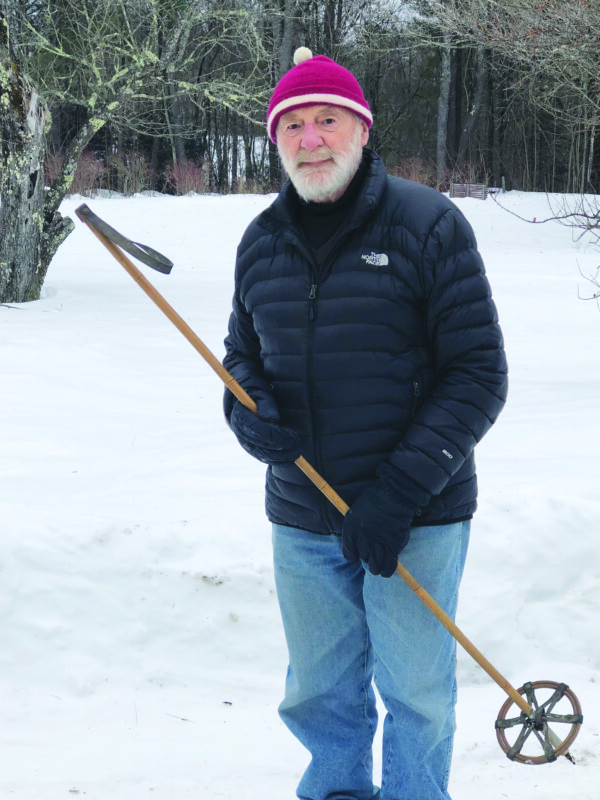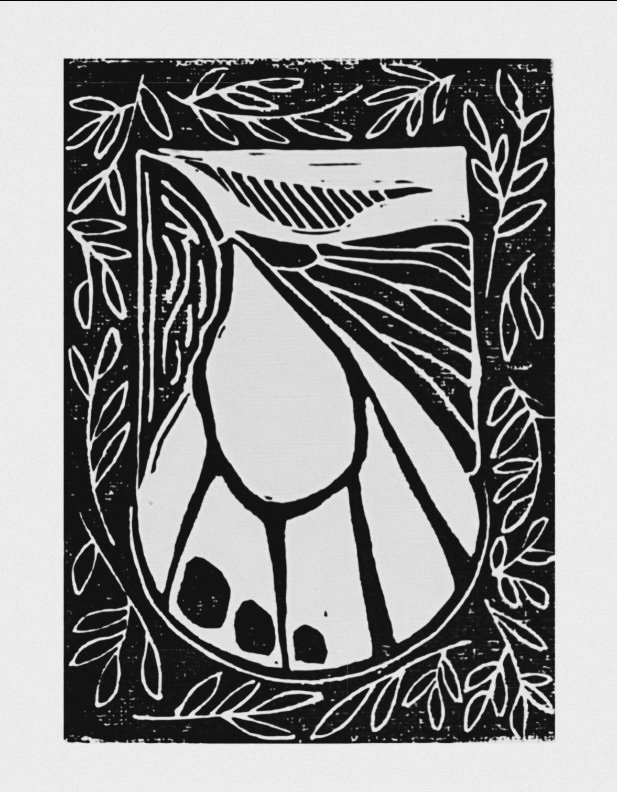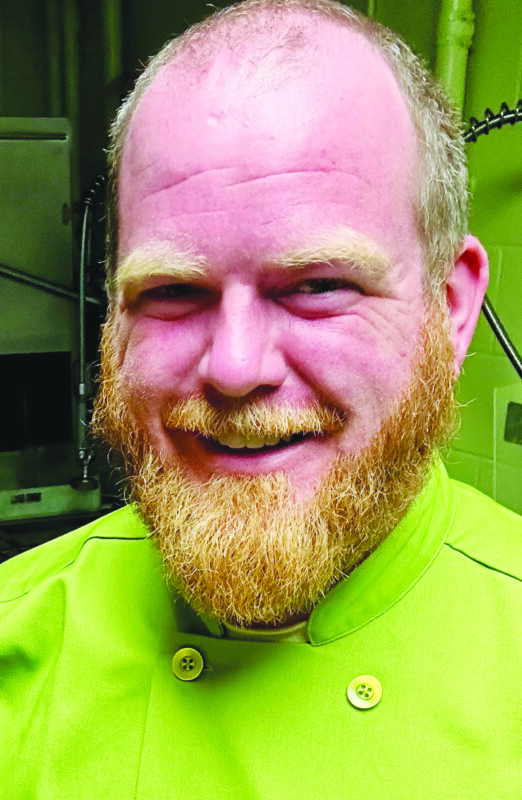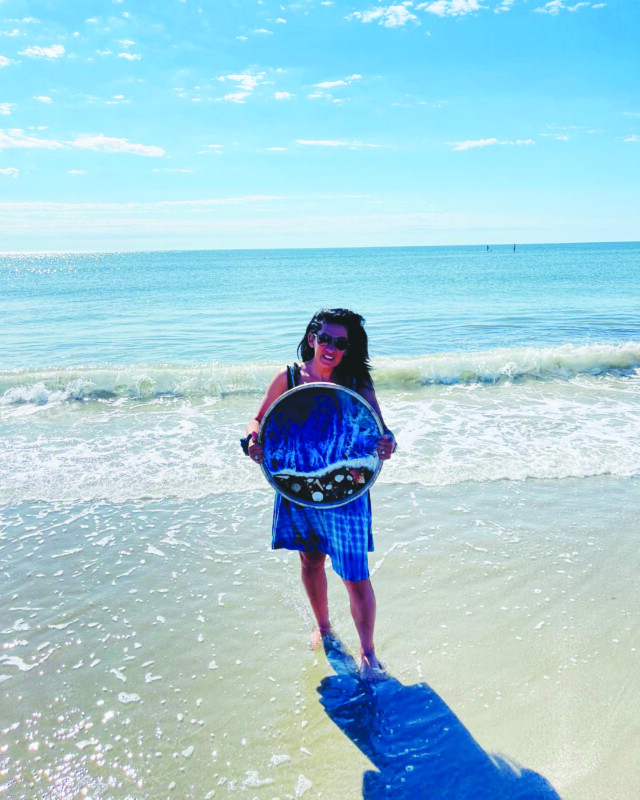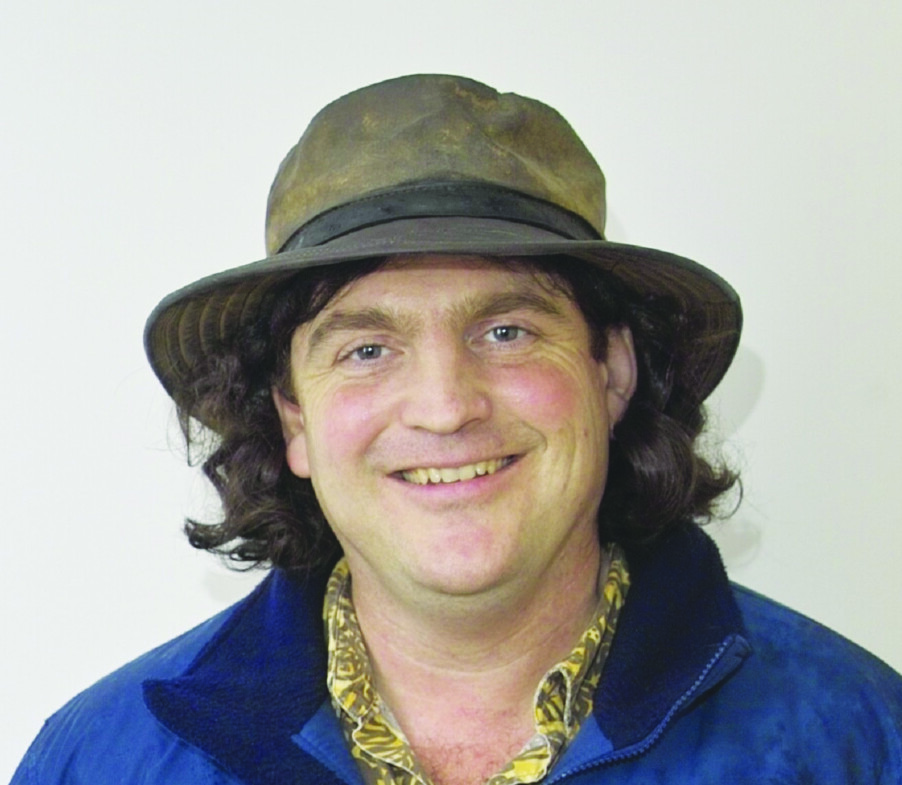A look at the history of ski season in the Granite State
Professor Emeritus of History at Plymouth State University John Allen was awarded the International Skiing History Association’s Lifetime Achievement Award in 2009. He serves as historian for the New England Ski Museum in Franconia and is the author of several books on the topic, including From Skisport to Skiing: One Hundred Years of an American Sport and The Culture and Sport of Skiing from Antiquity to World War II. He has been a consultant for films on skiing, and will be giving his presentation New Hampshire on Skis on Thursday, Nov. 21, at 6 p.m. at the Lane Memorial Library (2 Academy Avenue, Hampton). Visit newenglandskimuseum.org.
How did skiing start, and how did skiing start in New Hampshire?
Always very difficult to pin down because usually you find that when you find somebody who’s done something first, a year or so later you discover that they weren’t the first. But generally speaking, in the late 19th century there were odd people on skis in various places in New Hampshire. For example, in the New Hampshire Historical Society, there are some papers from a fellow who was a boy at school who made skis. I can’t remember the date exactly, but let’s say it’s in the 1870s, something like that. He went to the dentist on skis and he went to school on skis, and so on and so forth. And there were sort of odd people like that around, but there was nothing organized at all.
The skis themselves, like the equipment, have they evolved or changed much?
Oh, terrifically. For thousands of years wood was the ski of choice, was the [material] of choice. Then there were a variety of woods that were used. Ash was one of the only ones. Pine was another one. It certainly depends on what woods were around. And hickory only came into use … really late in the 19th century. That lasted pretty much as the wood of choice up through until the invention of metal skis. And metal skis have a long history too. You always think of Howard Head in the 1950s and ’60s experimenting with his cheetah skis, or what were called cheetah skis because they were easy to ski on, metal skis, and then it’s gone on to various other modes of using metal and so on, largely because they don’t break, whereas the others always do.
When did skiing become more of a sport?
Right, the great change between skiing for, as it were, some sort of utilitarian use … came when a student at Dartmouth by the name of Fred Harris started basically the Dartmouth Outing Club, [and] other colleges became involved. This was started in 1910, 1911, and then almost immediately, as I say, other colleges became involved. Middlebury, for example, UNH, UVM, Harvard, Yale, and then … up at McGill, who also were early skiers, and the Harvard and the McGill people used to come down to Hanover every once in a while for sporting skiing. Fred Harris was interested in getting the Dartmouth students, he graduated in 1911, but he was interested in skiing as a kind of, what shall we say, a healthy antidote to industrialization, urbanization, students sitting on their behinds on radiators and so on. …
Is there any interesting skiing history tidbit or facts you’d like to mention, something I haven’t asked you about?
These days when you go onto a ski slope, you will always see people who are skiing with two poles. … That was not normal a hundred years ago … a Dartmouth student was actually given two poles as a present, he tried them out at nighttime so that he wouldn’t be laughed at. One pole was the way to ski, that was the way Norwegians skied, and what Norwegians did and said and wrote about skiing was the sort of the word. … from about 1910, certainly from 1920 on, you get two poles being in use. Although I have seen pictures of people using one pole as late as 1931, but they were in Maine, they weren’t in action.
—Zachary Lewis
New Hampshire on Skis
Thursday, Nov. 21, 6 p.m.
Lane Memorial Library, 2 Academy Avenue, Hampton
nhhumanities.org
Featured image: John Allen. Courtesy photo.

